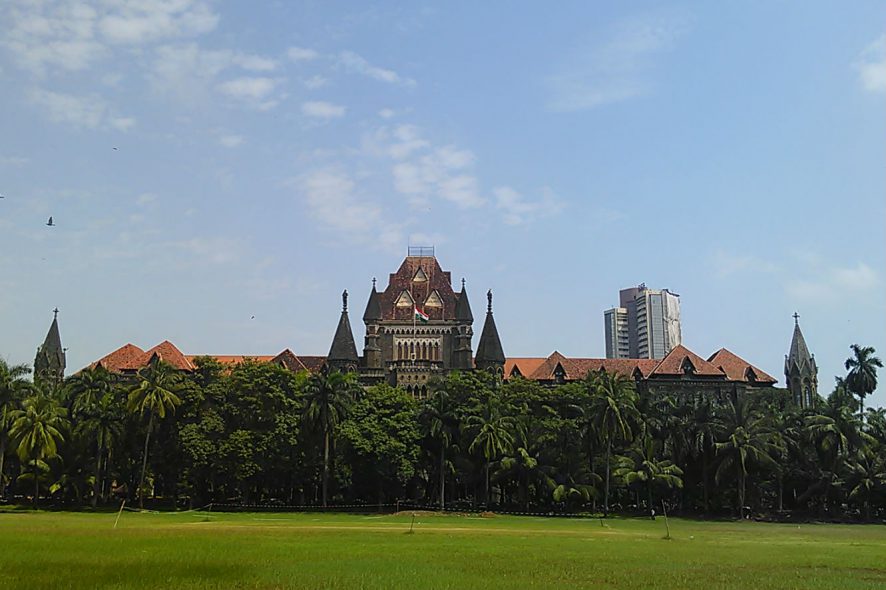Bombay High Court: A Division Bench of S.M. Gavhane and T.V. Nalawade, JJ., while partially allowing the appeal, held that,
“…with regard to offence under Section 498-A IPC, prosecuton has to prove that the accused in furtherance of their common intention caused cruelty within the meaning of cruelty given under explanation A and B of Section 498-A IPC.”
The present appeal was filed to challenge the judgment and order of Sessions Judge that had passed conviction and sentence for offence punishable under Section 498-A read with Section 34 of Penal Code, 1860, along with punishment under Section 302 read with 34 IPC.
Facts of the case were that the deceased was married to accused 1 about five months before the incident. While the deceased and accused 1 were cohabiting, the deceased sustained 86% burn injuries on 17-11-2007.
Later, dying declarations were recorded in which it was stated that since the marriage accused were harassing the deceased and asking her to bring Rs 10,000 from her parents. On account of the same, the deceased was assaulted and harassed.
On 16-11-2007, accused had beaten her by fist and kick blows and stick and on the morning of 17-11-2007, her father-in-law and mother-in-law caught hold her and her husband poured kerosene on her person and set her on fire by lighting the match stick and thus attempted to commit her murder.
Advocate for the appellants/accused 1 submitted that when both the dying declarations were recorded the deceased was not in a position to make a statement due to 86% burns suffered by her. Further, he stated that both the written dying declaration are not voluntary and trustworthy.
APP submitted that there was no material to show that dying declarations were the result of the product of imagination, tutoring or prompting.
Analysis & Decision of the Court
High Court stated that the death of the accused was not natural.
Looking to the defence of the accused and case of the prosecution it is to be seen whether the death of the deceased is homicidal, suicidal or accidental and if the death of deceased is homicidal whether the accused are responsible for causing burns to the deceased and to her death.
Nothing was found in favour of the accused in the cross-examination of medical officer. Court also noted that the contents of the dying declarations were not specifically put to the accused in the statement under Section 313 CrPC and as such no opportunity was given to the accused to explain the circumstances appearing against them in both the dying declarations.
Further Court found that kerosene residues were present on the burnt clothes of the deceased. If the deceased would have caught fire accidentally no kerosene would have been found on the clothes on her person. Evidence of the defence witness is not believable and sufficient to state that the deceased sustained burns accidentally.
Thus, accused 1 was responsible for causing burn injuries to the deceased and ultimately to cause her death.
Findings of the trial court that the prosecution has proved offence under Section 302 IPC against accused 2 & 3 father-in-law and mother-in-law of deceased is not correct and sustainable.
Hence in the above view, the appeal was partly allowed. [Dadarao v. State of Maharashtra, 2020 SCC OnLine Bom 346, decided on 03-03-2020]






